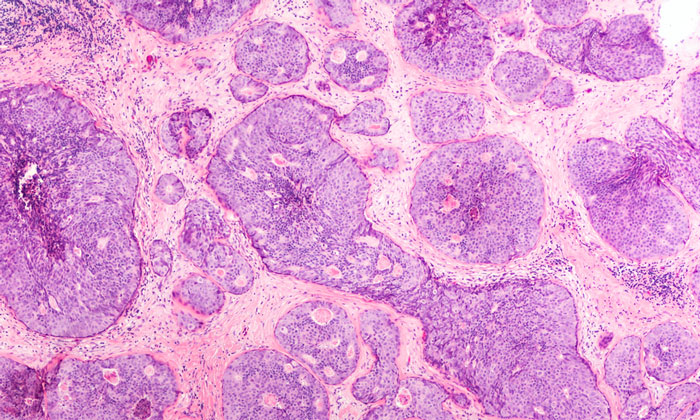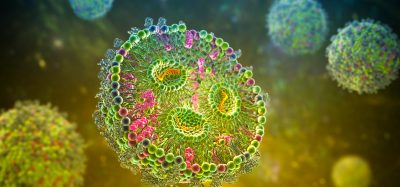Blood test offers improved breast cancer detection tool to reduce use of breast biopsy
Posted: 24 May 2017 | Niamh Marriott (Drug Target Review) | No comments yet
Study shows ‘liquid biopsy’ after abnormal mammogram and other imaging can help rule out breast cancer, reduce breast biopsy by up to 67% in women…


A new study demonstrates that Videssa Breast, a multi-protein biomarker blood test to detect breast cancer, can help inform better decision-making after abnormal mammogram or other breast imaging results and potentially reduce use of biopsy by up to 67%.
The study evaluated the performance of Videssa Breast among women under age 50. “With about 1.6 million breast biopsies performed each year, the implications of a blood test that can help clinicians confidently rule out breast cancer and avoid a potentially unnecessary biopsy are tremendous,” said Judith K. Wolf, MD, Chief Medical Officer of Provista Diagnostics, Inc.
“We know imaging has limitations, especially among women under age 50 who, because of confounding factors, are more difficult to image. This research shows that Videssa Breast can be a powerful new tool in the diagnostic toolbox for clinicians.”
The study, “A Non-Invasive Blood-Based Combinatorial Proteomic Biomarker Assay to Detect Breast Cancer in Women Under the Age of 50 Years” demonstrated the performance of Videssa Breast from two prospective trials that enrolled 545 women, ages 25-50, with abnormal or difficult-to-interpret imaging (BI-RADS 3 and 4). The overall performance of Videssa Breast in women with a breast cancer prevalence of 5.87%, resulted in a sensitivity of 87.5%, specificity of 83.8%, positive predictive value (PPV) of 25.2% and a negative predictive value (NPV) of 99.1%.
Biomarkers aren’t just supporting drug discovery – they’re driving it
FREE market report
From smarter trials to faster insights, this report unpacks the science, strategy and real-world impact behind the next generation of precision therapies.
What you’ll unlock:
- How biomarkers are guiding dose selection and early efficacy decisions in complex trials
- Why multi-omics, liquid biopsy and digital tools are redefining the discovery process
- What makes lab data regulatory-ready and why alignment matters from day one
Explore how biomarkers are shaping early drug development
Access the full report – it’s free!
The study notes that the high NPV helps clinicians identify patients who are highly unlikely to have breast cancer. Depending on age, approximately 70% to 90% of breast biopsies are benign. The improved PPV of Videssa Breast over imaging – 25.2% vs. 8.8% – can increase the percentage of biopsies that yield a breast cancer diagnosis from one in 11 to one in four.
“When a mammogram yields an abnormal result, the challenge for every clinician is to decide which patients need follow-up, further imaging or biopsy,” said Josie Alpers, MD, a radiologist specialising in mammography and diagnostic radiology at Avera McKennan Hospital & University Health Center and a study co-author.
“A test that is well-validated in a prospective trial means clinicians have a new way to accurately identify which patients may or may not need additional follow-up.”
Videssa Breast has been studied in two prospective, randomised, multi-center and blinded clinical trials, in more than 1,350 patients ages 25-75. It is the first prospective study of a proteomic assay composed of serum protein biomarkers and tumor-associated autoantibodies being used to detect breast cancer in women with abnormal imaging results. The data featured in the current Clinical Breast Cancer publication is taken from the first study and cohort one of the second study. Data from the over 50 cohort will be featured in upcoming publications.
Videssa Breast is currently in limited clinical use through an early access program.
Related topics
Assays, Biomarkers, Chemotherapy
Related organisations
Avera McKennan Hospital & University Health Center








